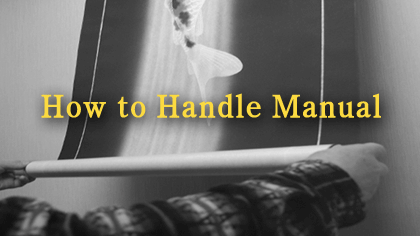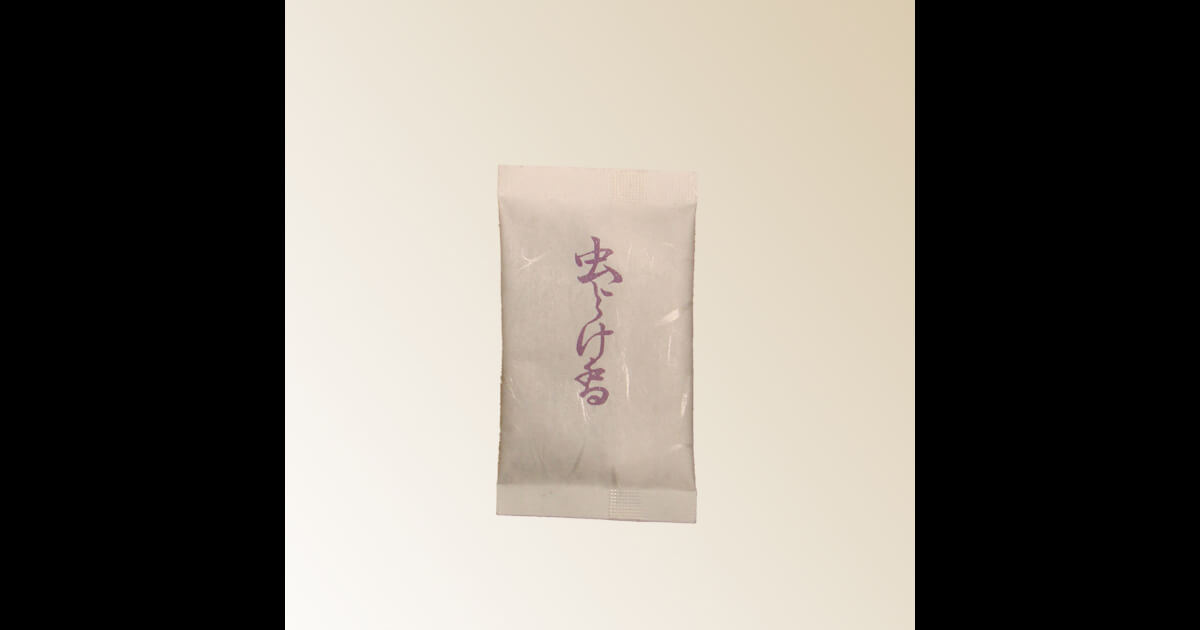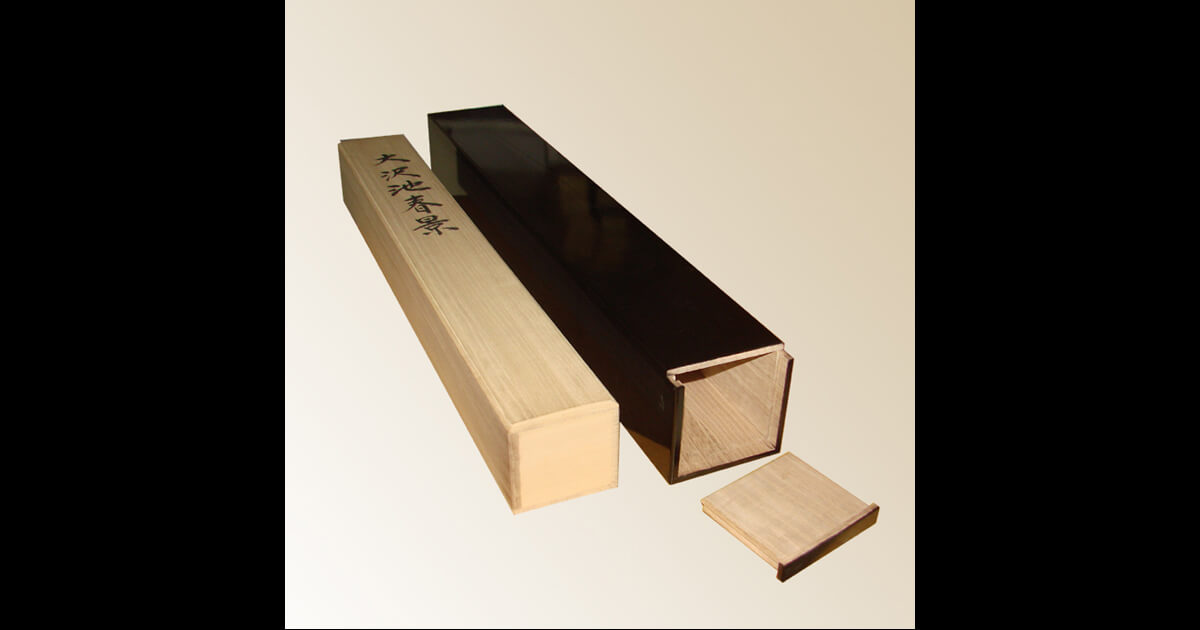Tips for How to Make Your Kakejiku Scroll Last Forever

We gathered some useful tips to help your scroll maintain its painting, fabric, beauty and fluidity so that it lasts a lifetime.
To continue hanging a kakejiku is not good, being stored all the time is not good either for a scroll.
For the former, roll it up and let it rest in a box for 2 to 3 months. Please make sure to do this on a sunny day because a scroll is weak against humidity. Storing a scroll in a paulownia wooden box is highly recommended. Paulownia offers high ventilation and are naturally insect repellent. Also, 1 piece of “bouchuukou-natural insect repellent” in a box will give a good protection against insects.
For the latter, take it out and display at least once a year. Please refer to following pages for how to treat scrolls and bouchuukou-Japanese incense sachet.
For better protection during storage, followings are the items we recommend;
Remount Kakejiku Hanging Scrolls
If your wall scroll has dirt or damage, remounting will help your scroll to renew the condition and prevent further damage. Please see our link below for checking the condition of your scroll and whether it needs remounting or not;
We hope this post will help and if you have any concerns or questions, please do not hesitate to let us know.
Thank you for reading this post to the end.





